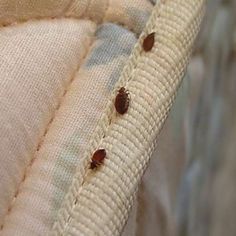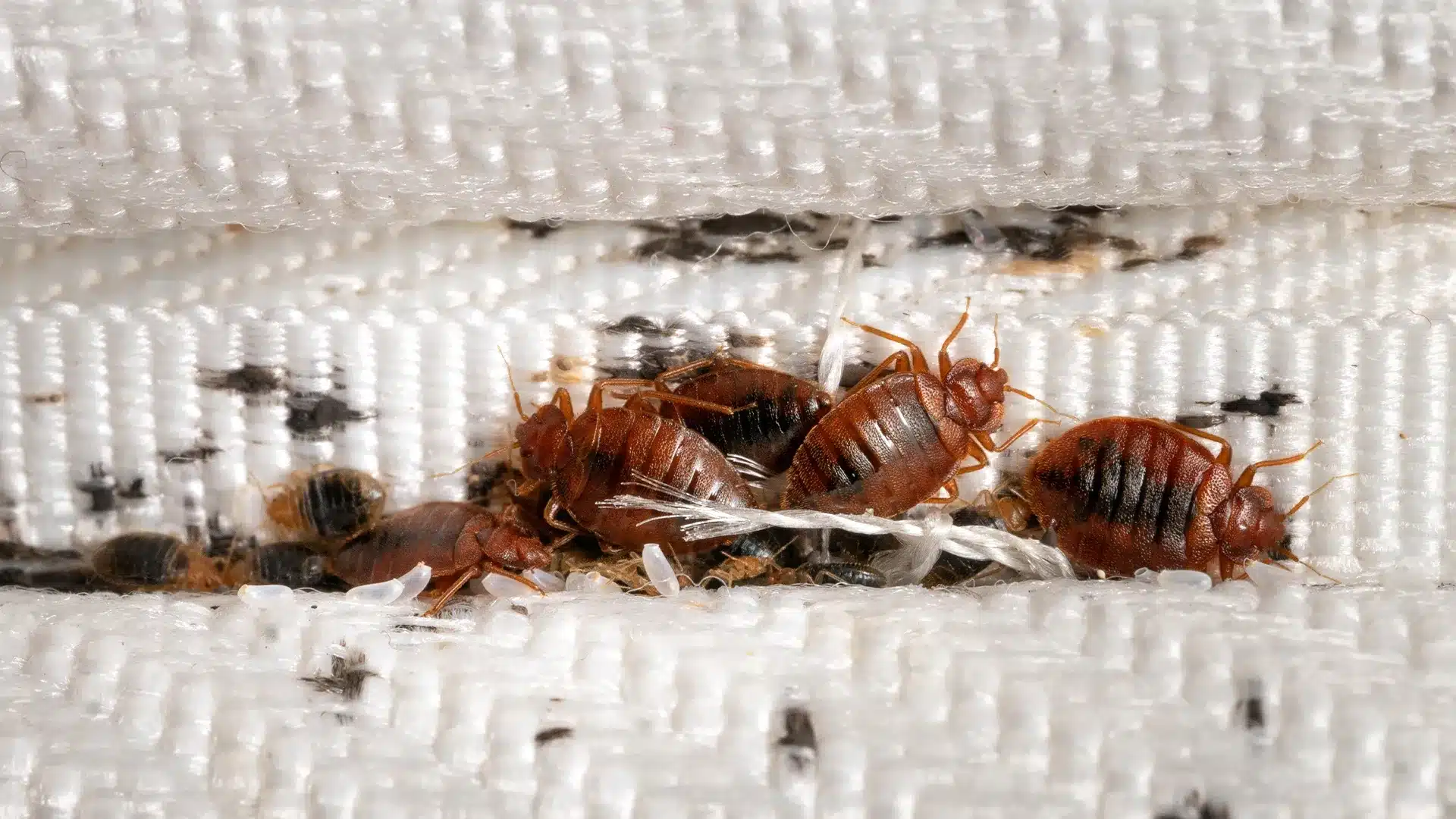How to Recognize Bed Bug Bites and Treat Them Quickly
How to Recognize Bed Bug Bites and Treat Them Quickly
Blog Article
Get Informed About the Kinds Of Pest Control Methods and Their Benefits for Home Owners
Recognizing the numerous bug control approaches offered to house owners is necessary for efficient bug administration. Property owners who are well-informed can make strategic selections that not only address parasite problems however also boost the total high quality of their living atmosphere.
Chemical Insect Control Methods
Chemical pest control approaches are an essential part of integrated insect management approaches for house owners seeking reliable remedies to pest invasions. These techniques involve the application of chemical substances made to get rid of or prevent bugs that threaten personal effects, health, and convenience. Common chemicals made use of consist of insecticides, rodenticides, fungicides, and herbicides, each customized to target particular pests.
The main benefit of chemical pest control is its fast effectiveness; several formulas supply immediate results, lowering pest populations dramatically quickly. Furthermore, advances in chemical solutions have actually led to products that are much more eco friendly and have reduced poisoning levels for non-target organisms when used appropriately.

Organic Pest Control Strategies
Natural pest control techniques have gotten prestige as homeowners seek more secure and a lot more lasting alternatives to typical chemical strategies. Biological bug control strategies make use of natural predators, parasites, or pathogens to manage insect populations efficiently. This technique is not only ecologically friendly however likewise lessens the threat of damage to non-target species, including beneficial insects and wild animals.
Among one of the most usual biological control techniques involves introducing all-natural predators right into the environment. For instance, ladybugs can be used to regulate aphid populaces, while nematodes target soil-dwelling parasites like grubs. In addition, parasitoids-- microorganisms that survive on or within a host-- can be utilized to control specific parasite types by laying eggs inside them, eventually leading to their death.
One more method is the use of biopesticides, which are stemmed from all-natural materials such as minerals, plants, or germs (bed bug exterminator). These products can effectively target pests while presenting very little risk to human beings and family pets. In general, organic pest control methods offer homeowners with an effective methods of bug management that straightens with ecological concepts, advertising a healthier living setting while reducing dependence on artificial chemicals
Mechanical Insect Control Approaches
Mechanical insect control methods encompass a range of techniques that physically prevent or get rid of parasites without making use of chemicals. These methods are specifically helpful for homeowners seeking ecologically pleasant choices while ensuring the safety of their home.
One common method is the use of obstacles, such as traps, internet, and displays, which stop parasites from entering homes or specific areas. Mounting home window displays can successfully maintain bugs out, while using physical barriers around yards can hinder bigger bugs like bunnies or deer. Additionally, mechanical catches made for rats can catch and eliminate these insects without the need for toxic materials.
An additional efficient technique involves using mops and vacuums to remove bugs straight from surface areas. Regular cleaning and maintenance can considerably decrease pest populaces by getting rid of food sources and hiding places. Employing gadgets like ultrasonic insect repellents can hinder different pests with sound waves that are undesirable to them but faint to humans.
Social Pest Control Practices
Social pest control methods concentrate on changing the environment and monitoring techniques to develop conditions that are much less favorable to pest problems. These practices are basic in maintaining a well balanced community and reducing the reliance on chemical interventions. By changing farming practices, house owners can effectively prevent pests while promoting plant health and wellness.
One usual method includes plant turning, which disrupts the life cycles of parasites by transforming the kinds of plants grown in a certain location (bed bug exterminator). This not only reduces pest populaces yet additionally improves soil health and wellness. Furthermore, intercropping-- growing varied plants in closeness-- can confuse bugs and lower their capacity to locate their preferred host plants
Water administration is one more essential aspect of cultural practices. Appropriate irrigation strategies can protect against standing water, which acts as a breeding ground for mosquitoes and other insects. Moreover, preserving sanitation in and around the home, such as routinely eliminating particles and food waste, can dramatically lower pest attraction.
Including these social methods into a comprehensive insect management approach enables property owners to create a setting that normally deters pests, therefore improving the effectiveness of various other control techniques while promoting lasting gardening and landscape design.

Integrated Insect Monitoring Approaches
Integrated Pest Monitoring (IPM) stands for an alternative technique that incorporates different methods to successfully handle insect populations while decreasing ecological effect. This approach integrates organic, social, physical, and chemical practices to achieve lasting bug control. By evaluating pest populaces and their all-natural enemies, IPM emphasizes surveillance and determining pests prior to look at here now applying control steps.
One of the core concepts of IPM is using thresholds, which develop the level of parasite activity that warrants treatment. This guarantees that therapies are used only when needed, decreasing the dependence on chemical pesticides. Biological control approaches, such as presenting natural killers or her response parasites, operate in conjunction with social methods like crop turning and habitat adjustment to interrupt pest life cycles.
Moreover, IPM encourages making use of least-toxic chemical alternatives when intervention is essential, prioritizing products that posture very little threat to non-target organisms and the atmosphere. For homeowners, taking on IPM approaches not only boosts the efficacy of bug management however additionally promotes a healthier living atmosphere, fostering biodiversity and decreasing chemical direct exposure. Ultimately, IPM encourages property owners to make enlightened decisions that balance bug control with ecological obligation.
Conclusion
In conclusion, comprehending the various bug control approaches equips home owners to make educated choices concerning pest monitoring. Each method-- chemical, organic, mechanical, cultural, and integrated parasite management-- uses distinct benefits that provide to various needs and preferences.
Recognizing the various parasite control methods readily available to property owners is important for reliable insect monitoring.Chemical pest control methods are an important element of incorporated parasite monitoring techniques for house owners seeking effective services to pest invasions. On the whole, organic parasite control strategies give house owners with a reliable methods of bug administration that lines up mice prevention with environmental principles, advertising a healthier living atmosphere while decreasing reliance on synthetic chemicals.
Social parasite control techniques concentrate on customizing the environment and management strategies to develop conditions that are less conducive to pest problems.In final thought, comprehending the various pest control approaches equips property owners to make informed choices pertaining to pest administration.
Report this page